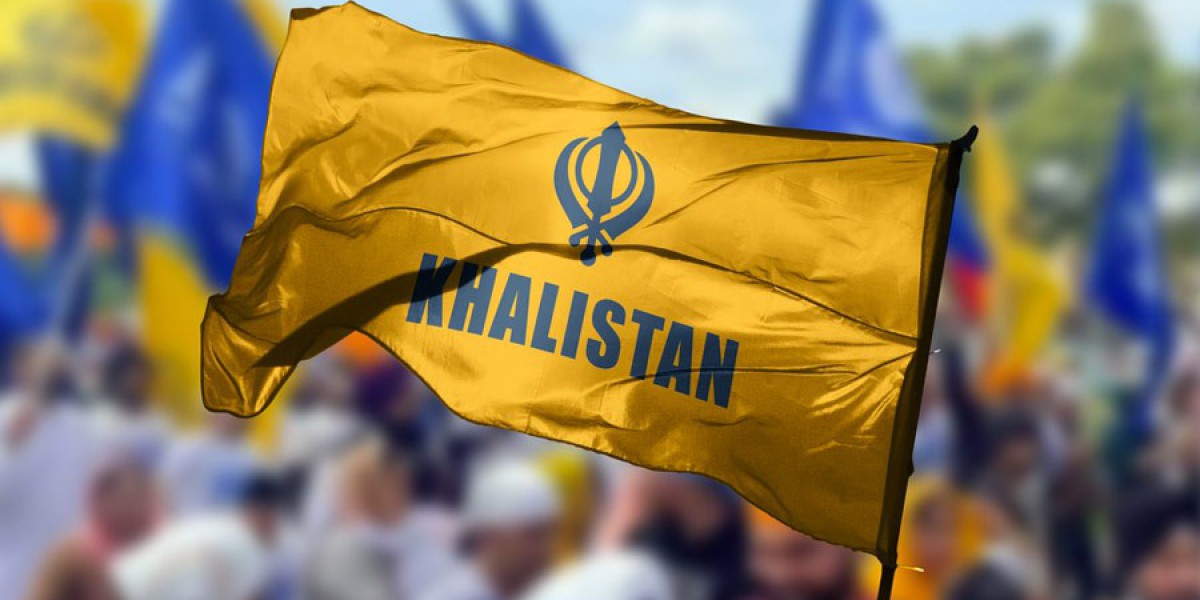Introduction: Tracing the Roots of Khalistan History
The Khalistan history is a deeply complex and emotionally charged chapter in India's past. Stemming from a desire for Sikh sovereignty, the movement has gone through phases of peaceful activism, violent clashes, and international advocacy. To understand the Khalistan movement history, we must explore its origins, major events, and the lasting effects it has had on Punjab and the Sikh community worldwide.
Early Foundations of the Khalistan Movement History
The idea of an independent Sikh homeland dates back to the British colonial era when Sikh leaders sought greater autonomy. However, the demand became more pronounced after the partition of India in 1947, which left Punjab divided and Sikhs feeling politically marginalized.
By the 1970s, the Khalistan movement history began to take shape, led by figures like Jagjit Singh Chohan and Jarnail Singh Bhindranwale. These leaders strongly opposed government policies that they believed discriminated against Sikhs, igniting a wave of political unrest in Punjab. This growing dissatisfaction set the stage for one of the most turbulent periods in modern Indian history.
The Rise of Militant Sikh Nationalism and Operation Blue Star
As demands for Khalistan intensified, militant groups emerged, calling for an independent Sikh state. The situation escalated when Sikh separatists occupied the Golden Temple, Amritsar—the holiest site in Sikhism.
In response, the Indian government launched Operation Blue Star in June 1984, deploying military forces to remove militants from the temple complex. The operation resulted in a significant loss of life and extensive damage to the shrine, leading to deep resentment among Sikhs.
The fallout from Operation Blue Star was immediate and severe. In October 1984, Prime Minister Indira Gandhi was assassinated by her Sikh bodyguards, triggering nationwide anti-Sikh riots. Thousands of Sikhs lost their lives in the ensuing violence, further fueling the Khalistan movement’s narrative of persecution.
Khalistan Movement 1984: A Year of Turmoil and Bloodshed
The year 1984 was a defining moment in the Khalistan movement 1984, marking the beginning of a decade-long insurgency in Punjab. Militant groups launched attacks on government officials and security forces, while the Indian government responded with harsh counterinsurgency measures.
The violence resulted in thousands of deaths and widespread instability in Punjab. While security forces eventually suppressed the militancy, the events of 1984 left a lasting scar on Sikh history. Even today, the Khalistan movement finds support among Sikh diaspora communities in Canada, the UK, and the US, where activists continue to push for the cause.
The Decline of the Movement and Its Ongoing Legacy
By the late 1990s, the Indian government had largely dismantled militant separatist networks, bringing an end to large-scale insurgencies in Punjab. However, the Khalistan history remains a deeply divisive issue, with differing perspectives on its legitimacy.
For some, the movement symbolizes a fight for Sikh identity and rights, while others view it as a violent separatist agenda. Internationally, pro-Khalistan advocacy remains active, especially in diaspora communities that continue to demand justice for the events of 1984.
Conclusion: A Movement That Shaped Sikh History
The Khalistan history is more than just a separatist movement; it represents decades of political struggles, religious identity, and social upheaval. While the armed struggle has largely faded, the idea of Khalistan persists in Sikh political discourse and international advocacy.
As history continues to unfold, the Khalistan movement history remains a crucial subject of debate, reflecting the complex relationship between Sikh identity and Indian nationalism. Understanding its origins and impact is essential for those seeking to grasp the broader historical and political landscape of modern India.








